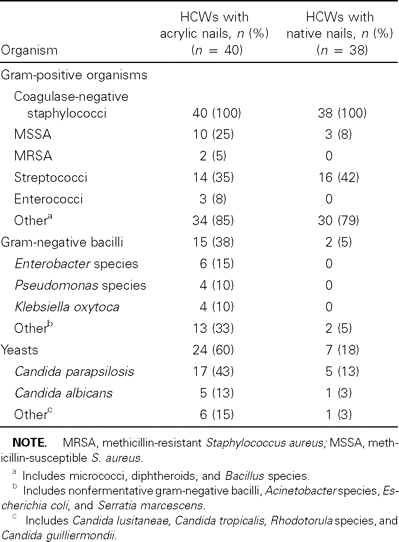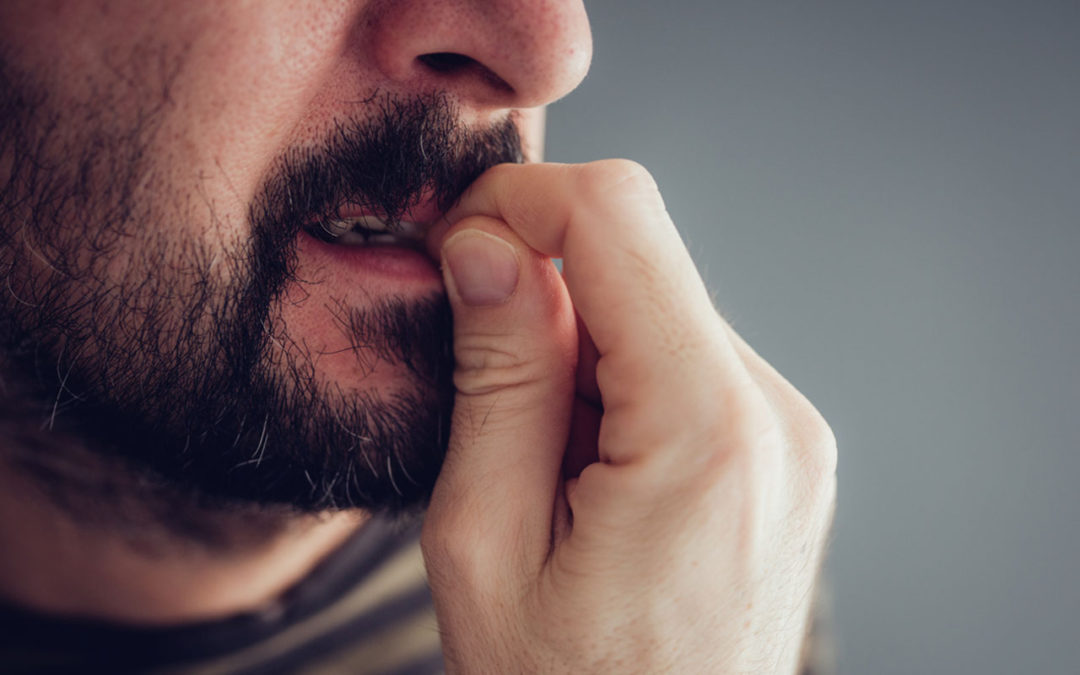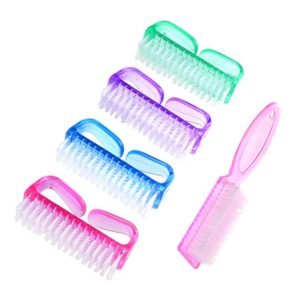Do You Bite Your Nails?
Many people have developed a habit of biting their nails. If you’re one of them, you may be inclined to finally stop biting your nails after you read what I’m about to share.
With COVID-19 seemingly everywhere and a plethora of new safety protocols that we all have to follow, bacteria, viruses, and how best to protect ourselves from it all, is at the front of everyone’s thoughts. It’s a new way of thinking and living our day-to-day lives for sure. On the bright side, when we’re forced outside of our “norm,” breaking old habits becomes easier. So if you’re currently a nail biter, now would be the easiest (not to mention a very beneficial) time to stop biting your nails. Use the coronavirus pandemic as momentum to finally stop biting your nails and kick the habit to the curb for good!
Fingertips are home to various types of fungus, bacteria, and yeast, all of which are just plain nasty. One of the most prevalent germs found under your nails is Staphylococcus aureus also known as “staph.” This particular germ can cause all sorts of unpleasant skin infections including abscesses and boils. Yuck! It can also cause a series of more harmful infections like pneumonia, bone and joint infections, bloodstream infections, and endocarditis which is an infection of the inner lining of the heart chambers and heart valves. Not cool, right?
Even if you don’t bite your nails, how many times a day do you put your fingers to your face or to your mouth? Do you sleep with your hands near your face?
To make matters worse, if you wear artificial nails, the number of bacteria hiding under there exponentially increases. Acrylic or artificial nails are raised up from the nail bed which creates even more places for bacteria to hide. As massage therapists, we aren’t allowed to wear nail polish. It’s a no-no for bodywork therapists in general because of the added bacteria. And now with the spread of COVID-19, we’re doing everything we can to ensure our client’s safety as well as our own.
“Before cleansing with soap, 86% of health care workers with artificial nails had a pathogen (gram-negative bacilli, Staphylococcus aureus, or yeasts isolated, compared with 35% of controls (those with natural nails).”
Even after properly washing your hands for 20 seconds or more, bacteria will still exist under the tip of your fingernails. Below is a diagram from the Oxford Academic study that shows the level of bacteria found after washing. You don’t have to know what all the bacteria are or how to pronounce them to see that there is a drastic difference in the levels of bacteria in acrylic vs natural nails. The results of the study certainly give you something to think about.

Source: Clinical Infectious Diseases, Volume 32, Issue 3, 1 February 2001, Pages 367–372
Millions of Bacteria All Around Us
At any given time, there are millions of bacteria, like Staphylococcus aureus, and coronavirus all around us. And for the most part, this is normal and not a problem.
According to Donald Ford, MD, MBA, a family medicin physicain, “Typically, we get along with staphylococcus just fine.”
That may be true, but it doesn’t mean we want to be introducing these bacteria and viruses to our mouths any more than necessary.
Keeping your skin clean and by properly washing your hands and caring for cuts and scrapes is key to ensuring the bacteria stay on the outside of your body. When staph or other bacteria enter your body through a nick in your skin, nail-biting,…. or even nose picking, it can cause an infection. I’m sure you’ve heard of a Staph infection or worse, MRSA. Neither is something you want to experience if you can help it. And since the CDC seems to still be determining all the ways in which we can contract viruses like coronavirus, I think it’s safe to assume we can lump it into the fingernail bacteria collection as well.
What Can You Do?
How can you minimize your exposure to the millions of bacteria under your nails? Here are a few tips.
1. Trim Your Nails Regularly
The length of your fingernails matters. The longer they are, the more pathogens can exist under them. If you normally keep your fingernails long or if you wear longer artificial nails, you might want to consider shortening them up and keeping them trimmed. This will help to minimize the number of bacteria you carry around with you.
2. Use a Good Nail Brush
If you don’t already have one, buy a good nail brush to keep at every sink in your house. You can buy them on Amazon.com or at your favorite local drug store.
A good brush has soft bristles that are glued into the base of the brush rather than stapled to the base. The staples just leave room for additional bacteria to hide. Add nail scrubbing to your regular hand-washing routine to really minimize your ability to spread and to contract the multitude of viruses out there.
Always remember to scrub those nails before you go to bed!
3. Wash Your Hands More Often
Bacteria proliferate very quickly, so the more often you wash your hands properly, the less chance you have of getting sick. Washing your hands regularly is one of your best defenses against viral and bacterial infections. Especially if you nick or cut your skin or after you work in soil or with fruits and vegetables. Be sure to wash your hands and the food items thoroughly before you touch them again with your clean hands.
“Bacterium grows exponentially and some actually double in quantity every 20 minutes. Start out with 100 bacteria beneath one fingernail, in 20 minutes you’ll have 200, in another 20 minutes = 400 and in an hour, you’ll have 800 under your fingernail. This will just keep going hour after hour. In 5 hours, you can actually have 3,276,800 bacteria under 1 fingernail.”
– Bruce Bonnett – Germ Freak Club
In case you missed it, check out our previous article on How to Properly Wash Your Hands.
4. Stop Biting Your Nails!
The bacteria that are rapidly proliferating under your nails and on your skin are very adaptive and able to withstand changes. The best defense you have is to keep your hands (and nails) out of your mouth and nose and to wash away the bacteria as often as possible. If you use hand sanitizer regularly, keep in mind that it isn’t meant to be ingested. That’s another great reason to keep your hands out of your mouth!
The next time you find yourself biting your nails, just think of all the bacteria and germs you’re subjecting yourself to in the process. Eww! Hopefully what you’ve learned here will at least make you think twice before biting your nails.
Maybe now you can finally break that nasty (and I do mean nasty) nail-biting habit. And if you aren’t a nail-biter, but you know someone who is, please share this article with them!
Reference Sources & Additional Reading
- When and How to Wash Your Hands – CDC Website
- Effect of Hand Cleansing with Antimicrobial Soap – An Oxford Academic Study that looked at the level of bacteria present under natural and artificial nails after washing
- What Causes Staph Infections, And How Can You Avoid Them? – Cleveland Clinic Website



